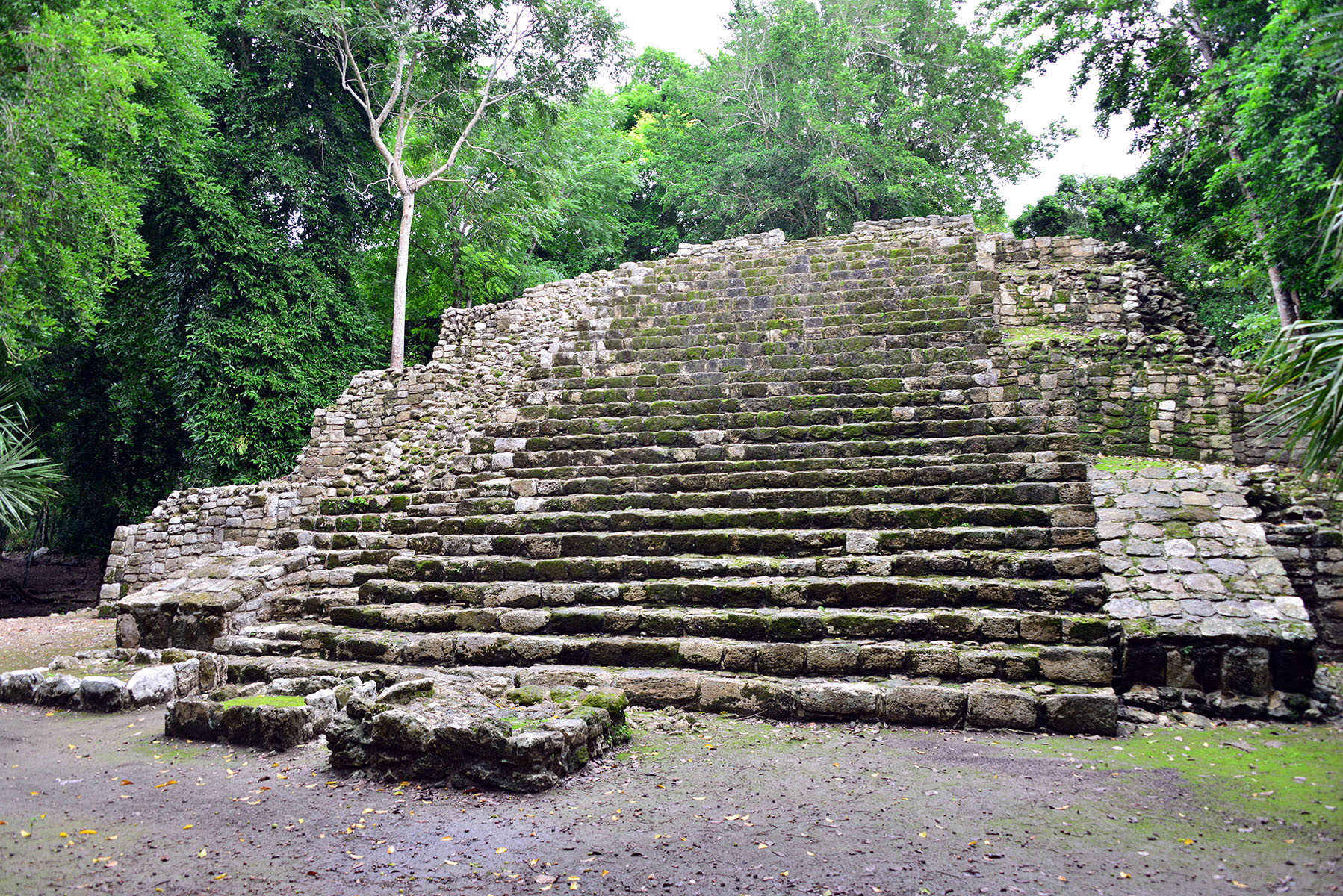
Archeological Site of Oxtankah
Discover Oxtankah, which means "place surrounded by ramón trees," and admire its five buildings used for ceremonial purposes.

The archeological site of Oxtankah depicts a Maya city from the Early Classic period (200-600 AD). These structures were once the most significant buildings along the coastline of Chetumal Bay for political and commercial strategy. Notably, it features one of the earliest Catholic churches established following the arrival of the Spaniards.
Want to travel to Quintana Roo? Explore what to do in this marvelous destination.
Explore the Archeological Site of Oxtankah
This is the most significant pre-Hispanic city discovered in Chetumal Bay. Situated in the southeastern tip of Quintana Roo, approximately 10 miles north of Chetumal, research suggests that the first Maya settlements occurred around 600 BC in the Oxtankah area and were inhabited until 1100 AD.
Interesting Facts
- Thanks to the Oxtankah Archeological Project, it has been discovered that the city’s peak occurred between 250 and 600 AD, known as the Early Classic period.
- There is cultural influence from the Petén region in the area.
- The core area of the settlement consisted of at least 10 plazas and two sunken courtyards. Moreover, it had over 30 isolated structures and a cenote.
- Research indicates that during the Late Classic and Postclassic periods, the city remained inhabited. However, evidence suggests a low population density. During this time, the city served as a religious site, where ceremonies were conducted and various types of offerings were made.
- Oxtankah had a privileged position concerning its basic resources. Inhabitants had access to both marine and lacustrine food sources, thanks to the extensive lake system west of the city, including Bacalar Lagoon and Guerrero Lagoon, connected to the sea by channels.
Zona Arqueológica Oxtankah, Quintana Roo, México
See map